23 results in Southeast Asian Affairs

Southeast Asian Affairs 2023
-
- Published by:
- ISEAS–Yusof Ishak Institute
- Published online:
- 27 February 2024
- Print publication:
- 31 March 2023
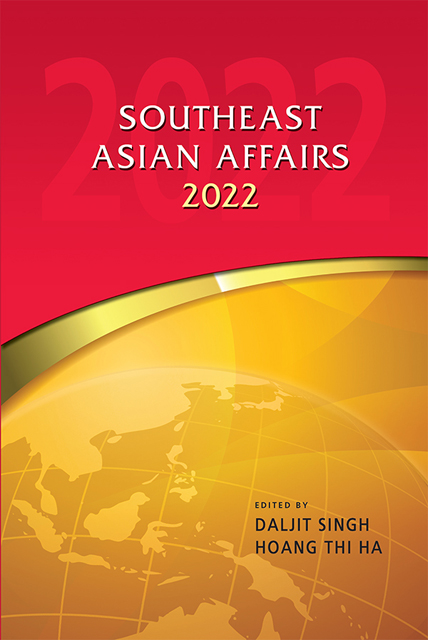
Southeast Asian Affairs 2022
-
- Published by:
- ISEAS–Yusof Ishak Institute
- Published online:
- 01 September 2023
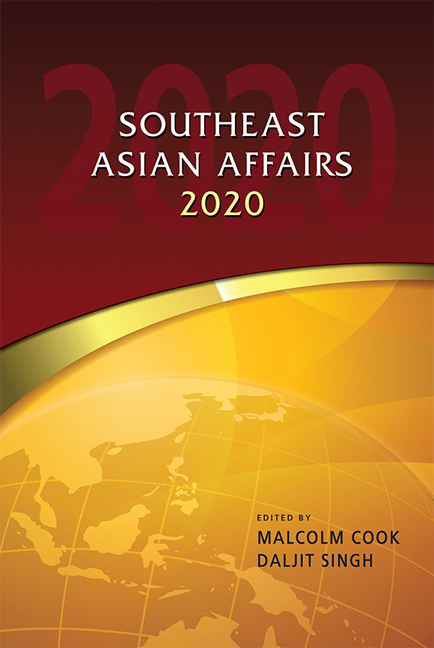
Southeast Asian Affairs 2020
-
- Published by:
- ISEAS–Yusof Ishak Institute
- Published online:
- 24 November 2020
- Print publication:
- 22 April 2020
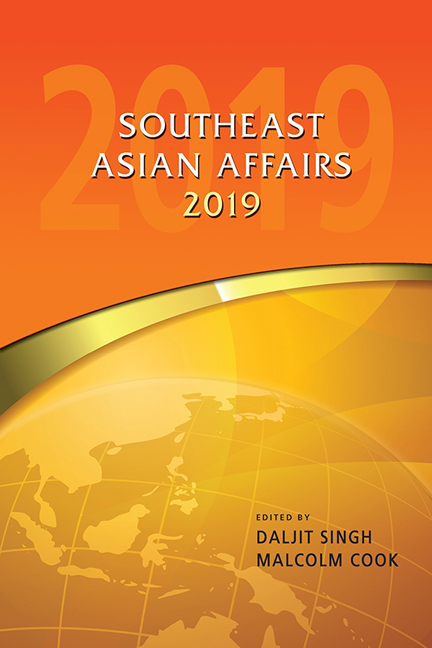
Southeast Asian Affairs 2019
-
- Published by:
- ISEAS–Yusof Ishak Institute
- Published online:
- 07 September 2019
- Print publication:
- 10 April 2019
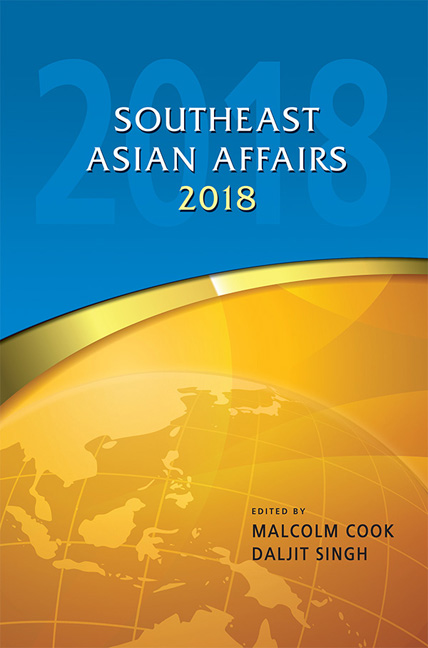
Southeast Asian Affairs 2018
-
- Published by:
- ISEAS–Yusof Ishak Institute
- Published online:
- 08 June 2019
- Print publication:
- 06 April 2018
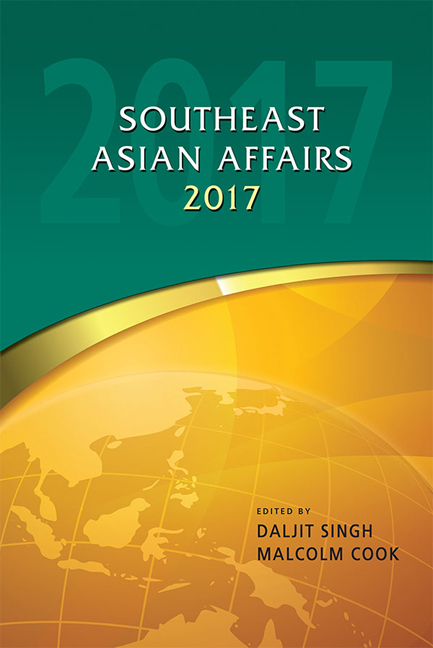
Southeast Asian Affairs 2017
-
- Published by:
- ISEAS–Yusof Ishak Institute
- Published online:
- 12 January 2018
- Print publication:
- 30 March 2017
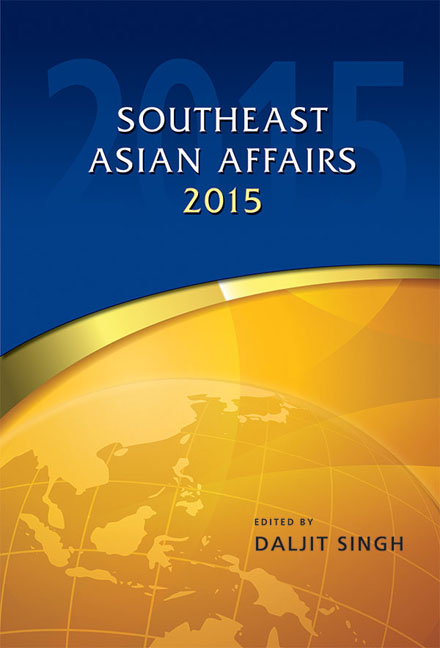
Southeast Asian Affairs 2015
-
- Published by:
- ISEAS–Yusof Ishak Institute
- Published online:
- 19 May 2017
- Print publication:
- 19 May 2015

Southeast Asian Affairs 2014
-
- Published by:
- ISEAS–Yusof Ishak Institute
- Published online:
- 19 May 2017
- Print publication:
- 03 June 2014

Southeast Asian Affairs 2016
-
- Published by:
- ISEAS–Yusof Ishak Institute
- Published online:
- 19 May 2017
- Print publication:
- 10 March 2016

Southeast Asian Affairs 2012
-
- Published by:
- ISEAS–Yusof Ishak Institute
- Published online:
- 21 October 2015
- Print publication:
- 10 May 2012

Southeast Asian Affairs 2008
-
- Published by:
- ISEAS–Yusof Ishak Institute
- Published online:
- 21 October 2015
- Print publication:
- 18 April 2008

Southeast Asian Affairs 2003
-
- Published by:
- ISEAS–Yusof Ishak Institute
- Published online:
- 21 October 2015
- Print publication:
- 08 July 2003

Southeast Asian Affairs 2007
-
- Published by:
- ISEAS–Yusof Ishak Institute
- Published online:
- 21 October 2015
- Print publication:
- 28 May 2007

Southeast Asian Affairs 1997
-
- Published by:
- ISEAS–Yusof Ishak Institute
- Published online:
- 21 October 2015
- Print publication:
- 07 September 1997
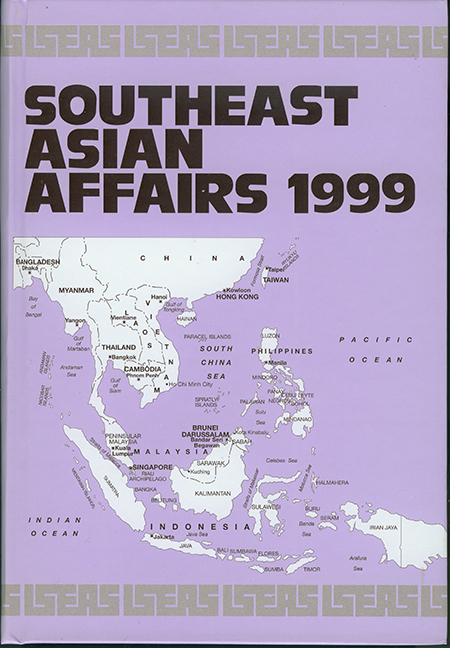
Southeast Asian Affairs 1999
-
- Published by:
- ISEAS–Yusof Ishak Institute
- Published online:
- 21 October 2015
- Print publication:
- 07 September 1999
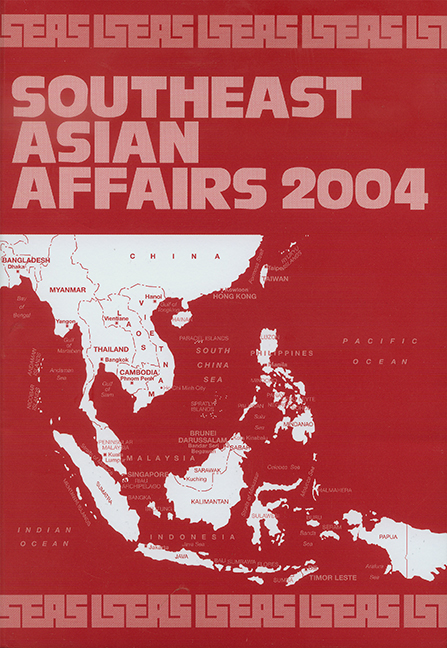
Southeast Asian Affairs 2004
-
- Published by:
- ISEAS–Yusof Ishak Institute
- Published online:
- 21 October 2015
- Print publication:
- 14 May 2004

Southeast Asian Affairs 2005
-
- Published by:
- ISEAS–Yusof Ishak Institute
- Published online:
- 21 October 2015
- Print publication:
- 16 May 2005

Southeast Asian Affairs 1996
-
- Published by:
- ISEAS–Yusof Ishak Institute
- Published online:
- 21 October 2015
- Print publication:
- 22 February 1997

Southeast Asian Affairs 2009
-
- Published by:
- ISEAS–Yusof Ishak Institute
- Published online:
- 21 October 2015
- Print publication:
- 28 May 2009
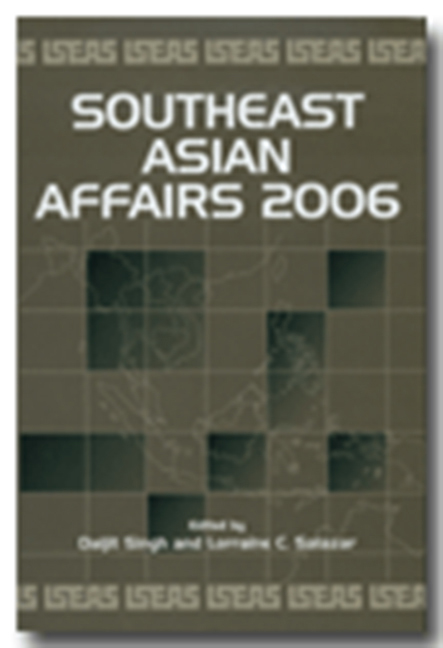
Southeast Asian Affairs 2006
-
- Published by:
- ISEAS–Yusof Ishak Institute
- Published online:
- 21 October 2015
- Print publication:
- 31 May 2006

